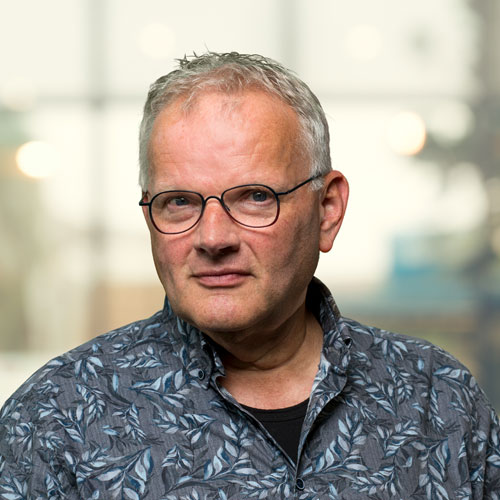
Bio-based building materials market in development
The market for bio-based building is in full swing. Bio-based building materials, such as wood, are being used more and more often in place of traditional steel or concrete. But there is uncertainty among market players and investment is lagging. We are working on knowledge development and innovations to exploit the full potential of biobased building.
Bio-based building materials
Meeting the climate goals for a sustainable built environment is quite a challenge. The use of bio-based construction materials and systems is one of the solutions that may contribute. Several initiatives show that the building economy is in full swing.
Timber buildings
The reason bio-based materials are increasingly being used in place of steel or concrete is the arrival of load-bearing elements such as cross laminated timber (CLT), providing an important development in a market that until now has focused mainly on timber frame construction, window frames, doors, and roofs. The first pioneers are now delivering their timber buildings in the Netherlands.
Removing uncertainties
Despite the potential, there is still a lot of uncertainty among market players, and, as a result, investment is lagging. Together with partners, we are therefore researching the optimisation of building elements for buildings made partly or entirely from wood. Further knowledge development and innovation are also needed to reduce the cost price of biobased construction materials and enhance their circular potential. Moreover, this will remove uncertainties. It allows for scaling up and making the most of bio-based construction.
Research programme ‘Emission-free Building’
Within the Research Programme ‘Emission-free Building’, we are working with market players on various research projects on timber and other biobased building materials. We focus on the following 3 components:
- building innovations (building materials, building systems, and cost price)
- improving calculation methods related to sustainability
- industrialisation and prefabrication for upscaling
The program contributes to the underlying objectives of the Building Innovation cluster, i.e. to improve and accelerate the building sector in the Netherlands, and make it more sustainable.
Architectural innovations
With regard to architectural innovations, we are working with contractors, suppliers, architects, and engineers in projects focussing on 3 topics:
- Optimisation of CLT-like products through materials research (e.g. using softer woods and waste wood in CLT), adhesive bonding, and element geometry.
- Development of wood and hybrid building elements such as floors, walls, and joints that are optimised for acoustic, fire, moisture, vibration, load-bearing capacity, compressive strength, durability, and price requirements.
- Circular design.
We work on these topics in our state-of-the-art Building Lab in Delft, which is fully equipped to support the abovementioned projects. In addition, tests and trials are being conducted in field labs, such as the Green Village, and in building projects.
Advantages and disadvantages of wood as a building material
Wood has the great advantage of coming from a renewable source. Under sustainable management, forests are an inexhaustible resource. This advantage over other materials is not sufficiently appreciated in current sustainability systems. The same is true for temporary carbon storage capacity. But disadvantages of wood, such as land use, are also not included in the calculations. Independence is often missing from the public discussion. We are trying to break through this in collaboration with other research institutions.
Fair comparison
We want to ensure that bio-based and other materials can be compared in a fairer, scientifically based way. That's why we are researching improved calculation methods, in which bio-based materials are included in a fairer way in environmental performance calculation methods, such as the Environmental Performance Calculation for Buildings (MPG).
Prefabrication and industrialisation
Because bio-based materials are light and easy to work with, they lend themselves well to prefabrication. In this process, elements are made in the factory and assembled at the building site. We support companies in industrialising business processes through platform technology, as well as optimising building systems and machining processes. Far-reaching industrialisation of the building industry is an important prerequisite for meeting the large demand for construction in the Netherlands. Bio-based materials can play an important role in this.
Get inspired
Boost for TNO facilities for sustainable mobility, bio-based construction and AI


Circular construction with timber: what’s needed for serious scaling up



